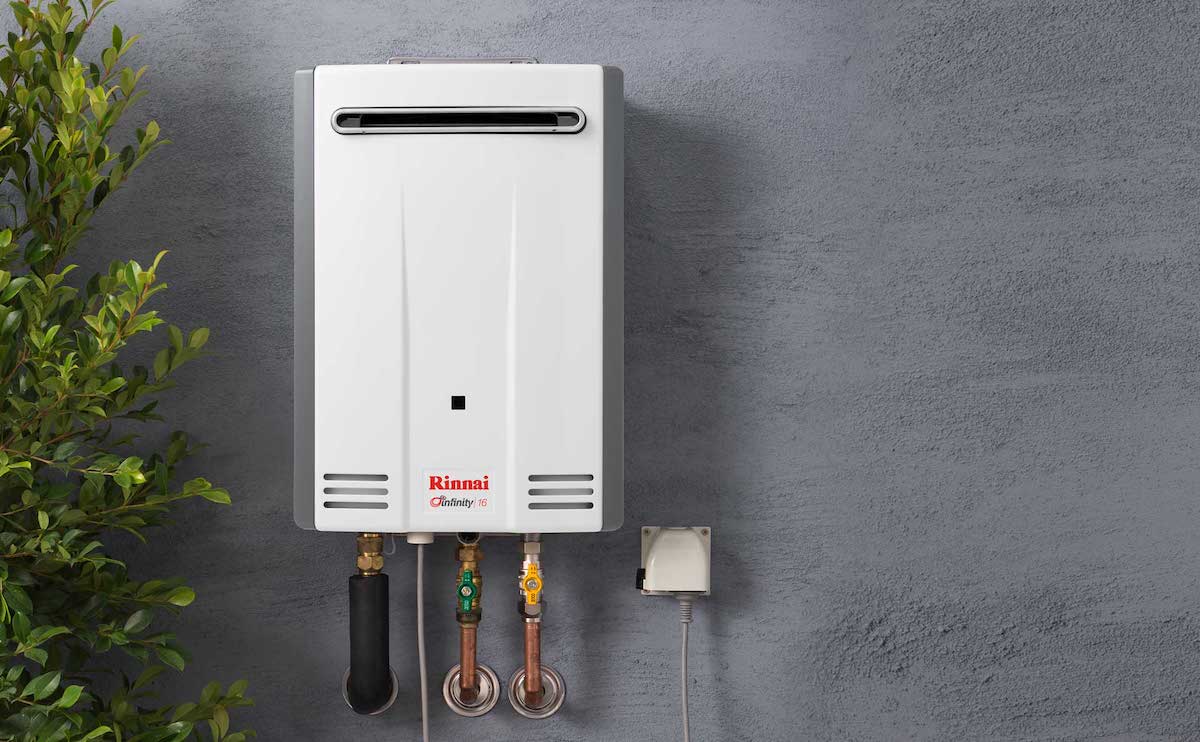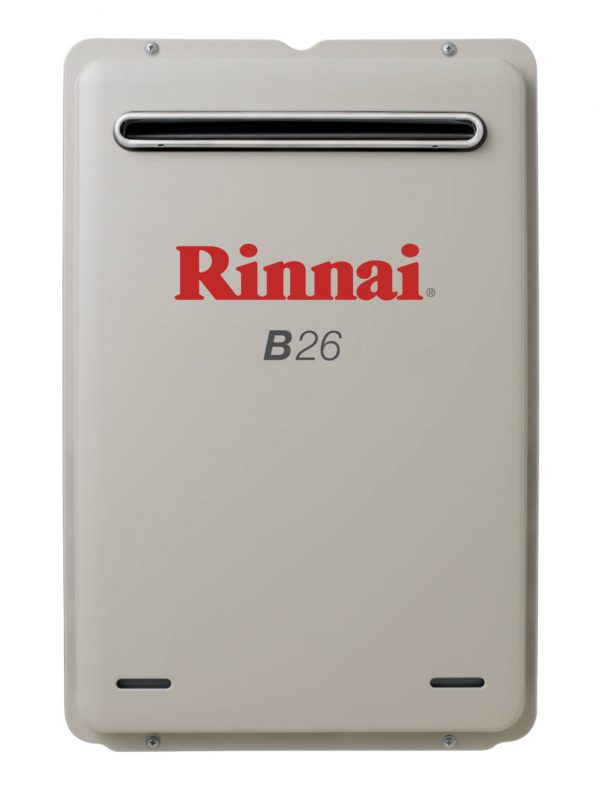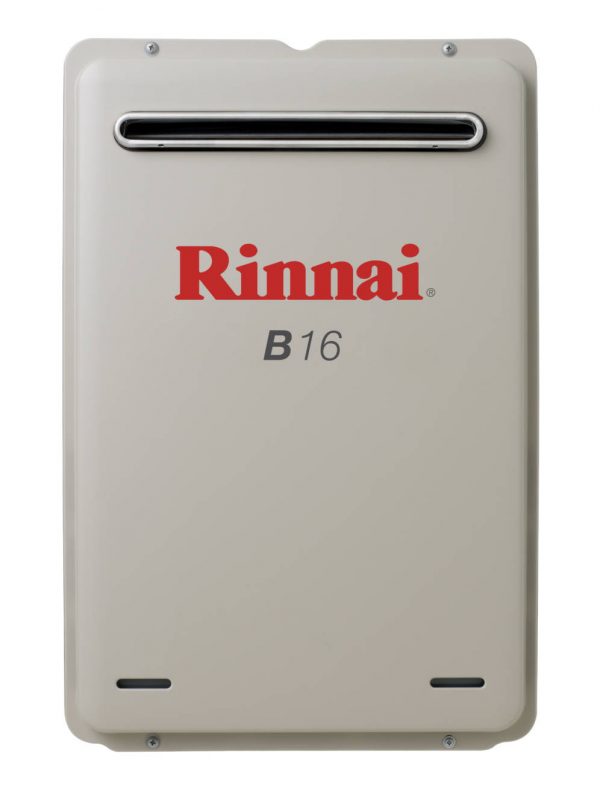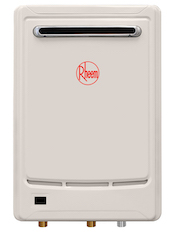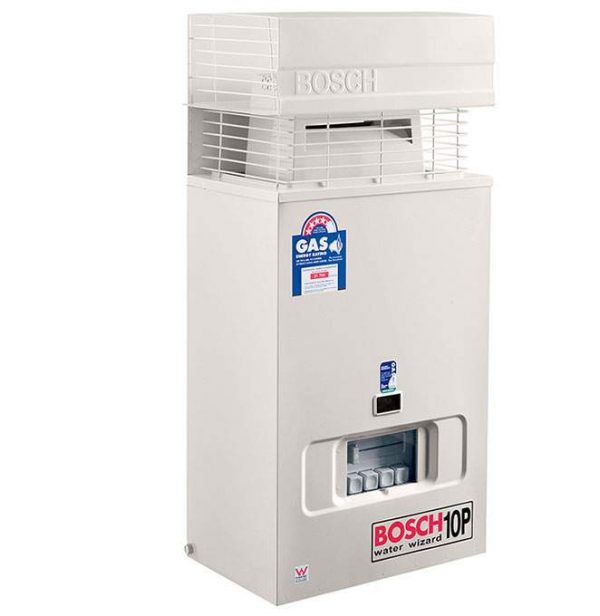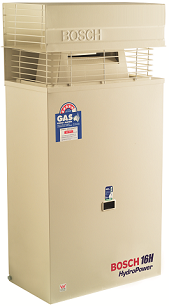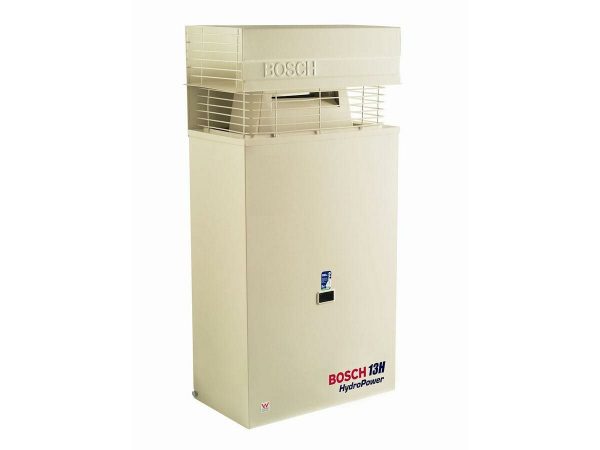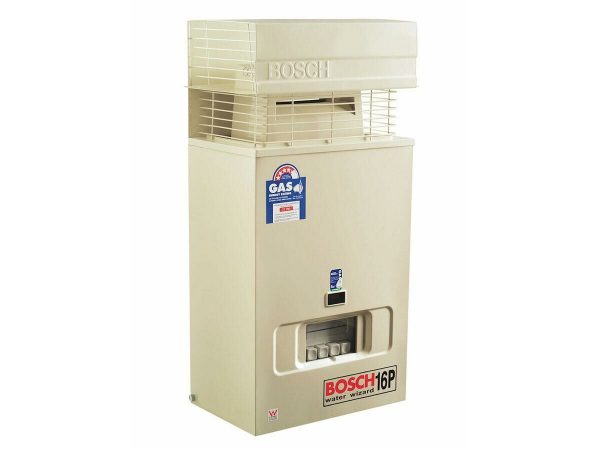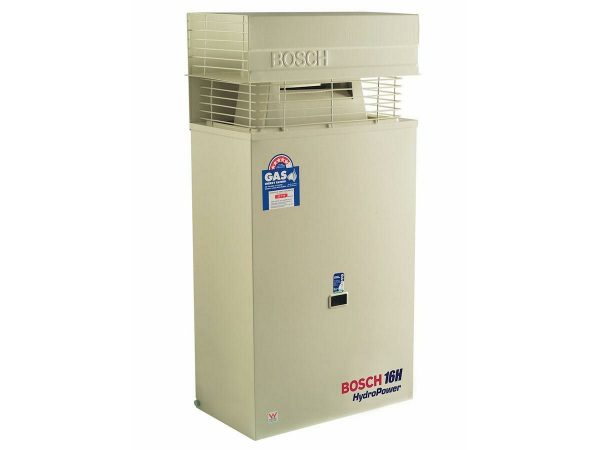Looking for a quicker way to heat water for your Perth home? A gas instantaneous hot water system may be the solution.
Also known as a gas continuous flow system, these small, compact devices provide a tankless water system that delivers hot water on demand. Safe and convenient to use, a gas instantaneous hot water system attaches directly to your wall, taking up minimal space. There are no continuous flames, so when you turn your water off the gas turns off too.
Rather than storing water they connect directly to your mains, and a gas booster that heats the water as it travels through the system. This provides a virtually endless supply of piping hot water—a continuous flow—ideal for Perth households with a busy shower schedule.

